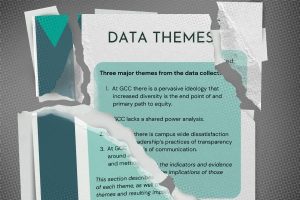In recent years, there has been a growing trend in the use of Artificial Intelligence (AI) recording devices in classrooms. These devices are designed to capture audio and video recordings of lessons and interactions between teachers and students, with the goal of improving teaching practices and student learning outcomes. However, the use of AI recording devices in classrooms has sparked debate and raised concerns about privacy, consent, and ethical considerations.
One of the main issues surrounding the use of AI recording devices in classrooms is the lack of clear guidelines and regulations governing their use. While some schools and educational institutions have policies in place to govern the use of recording devices, many do not have specific guidelines regarding the use of AI devices. This has led to confusion and ambiguity among teachers, students, and parents about how these devices should be used and what rights individuals have regarding their recordings.
Another concern is the issue of consent. In many cases, students and teachers are not explicitly asked for their consent to be recorded by AI devices in the classroom. This raises questions about whether individuals are being adequately informed about the presence of these devices and their potential impact on privacy. Without proper consent, the use of AI recording devices in classrooms can be seen as a violation of personal privacy rights.
Furthermore, there are ethical considerations to take into account when using AI recording devices in educational settings. The recordings captured by these devices can contain sensitive information about students and teachers, such as personal discussions, behavioral issues, or academic struggles. There is a risk that this information could be misused or shared inappropriately, potentially leading to harm or discrimination against individuals.
To address these concerns, it is essential for schools and educational institutions to establish clear guidelines and policies regarding the use of AI recording devices in classrooms. These policies should outline the purpose of using these devices, the rights and responsibilities of individuals involved, and procedures for obtaining consent and protecting privacy. Additionally, schools should provide training and support for teachers and staff on how to ethically and responsibly use AI recording devices in educational settings.
In conclusion, the use of AI recording devices in classrooms can offer valuable insights into teaching practices and student learning outcomes. However, it is crucial to establish clear guidelines and regulations to ensure that the use of these devices is done ethically and responsibly. By addressing issues such as consent, privacy, and ethics, schools can maximize the benefits of AI recording devices while minimizing potential risks and concerns.



